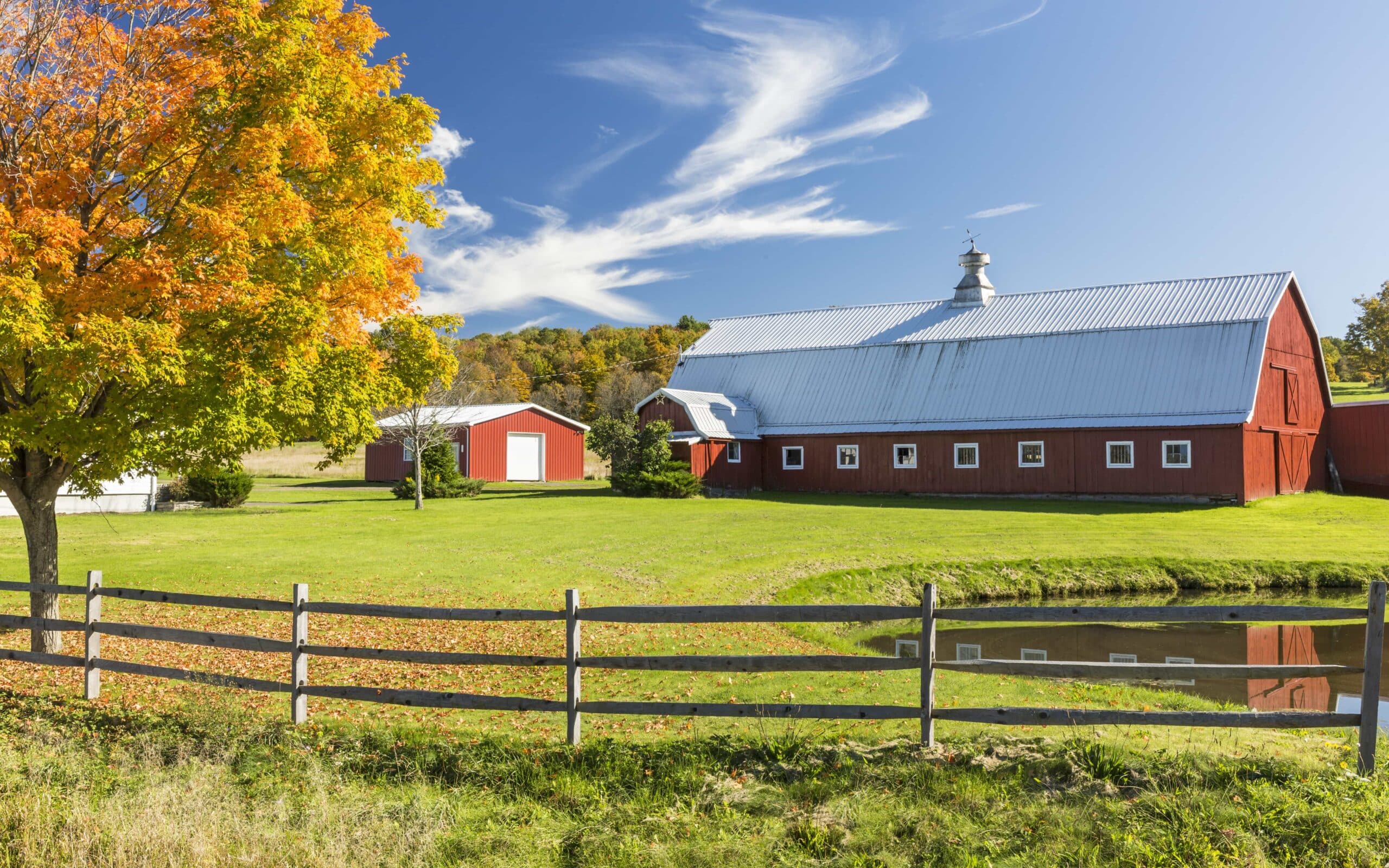So you are looking to move your barn. Whether you’re trying to save money, have a broken-down foundation, or want to preserve a piece of history, there are a few things to consider when planning your move. Here are five tips that will have you on your way to a safe and efficient barn move.
Get a Proper Inspection
Chances are, if you are looking to transport a barn, it is probably old. The United States was once home to millions of historic barns. Today, that number has dwindled to just over half a million. Because many of these old barns are over 100 years old, it’s crucial that you get an inspection before you have it moved. A certified barn inspector can attest to the structural integrity of your barn and clear your barn for the move as well as let you know the repairs that need to be made once the barn is at its final destination.
A barn inspector is also usually versed in the best practices for preserving a historic barn. Look for an inspector who can advise you on ways to maintain historical architecture and features while still making repairs and maintenance as needed.
Mark Location of Electrical Lines or Other Obstructions
A common mistake that people make when relocating their barns is failing to consider unsafe or inconvenient obstructions. Safety is top priority, which is why one of the first things you need to think about when moving a barn is electrical lines. When consulting with a relocator, let them know if you will be traveling under or alongside electrical lines and poles so they can prepare beforehand how to navigate those dangers.
Do you have livestock that needs to be put up during the moving process? Are there ditches or streams on your land that need to be avoided? Think about these things when planning your moving route.
Consider Your Location and How Your Barn Will Be Used
In farming, there is hope in what new seasons might bring for your production. In the same way, relocating your barn to a new location opens up new possibilities for the future of your operation.
Site selection and analysis are important when relocating a barn. Many times, barns are moved to different locations to continue their role as a farm-related structure. However, more and more often, old barns are being remodeled into living and entertaining spaces. The sun, wind, soil conditions, slope of the ground, septic and well locations, and more, are important factors to consider.
Stay Compliant with Codes
Even in rural settings, state, cities, and even neighborhoods have their own rules and regulations about the types of buildings allowed on properties, and they often depend on lot size and zoning. Before moving your barn, you must ensure that you won’t be breaking property codes by moving your barn to its new home.
Sometimes, buildings that are moved intact fall into gray areas of codes, so certain aspects of your barn’s relocation and repairs might be grandfathered in. However, you should always check with certified building officials to make sure you are following all codes, rules, and regulations.
The best way to do this is to get in touch with your local government body—the city or county office—and have them walk you through the codes for your town or property. If you aren’t sure about the specifications for your barn, an engineer or barn consultant can work with you to make sure your paperwork is accurate.
Factor in Costs at New Location and Old Barn Site
The costs of moving a barn don’t stop at the transportation fees. Even if a barn is being moved to another location just to be a barn again, you need to be aware of and plan for the costs of your entire move.
In addition to hiring an inspector, as mentioned above, you should be aware that moving a barn, especially an older barn, can leave a mess in its wake. The existing site will be left with a hole in the ground and will probably have the old foundation as well. Most older barns sport a rotting or broken foundation which stay behind during moves. You might also be left with rotten or unusable materials which you will need to dispose of.
At your new barn site, you will need to lay a foundation for the barn’s structure. Though your barn is probably old, the foundation will need to be finished to modern codes. And because your old barn will be making a big move, don’t be surprised if you need to make repairs once the whole thing is said and done.
When planning for a barn move, be sure to have a stretch budget that factors in all of the possibilities and more. Moving a barn is a big undertaking, and once you have begun, there’s often no option to stop the process.
Relocating Your Barn Is Worth It
Remember that a barn—no matter its age or purpose—is an investment. But there is special care that needs to be taken when transporting and moving older, historic barns. Your barns serve a purpose, whether keeping livestock, storing implements, or serving as a remodeled living space. With the tips above, you can be certain that you can move your barn safely, legally, and get decades of use out of it at its new home.
Learn more about our structural relocation services.

